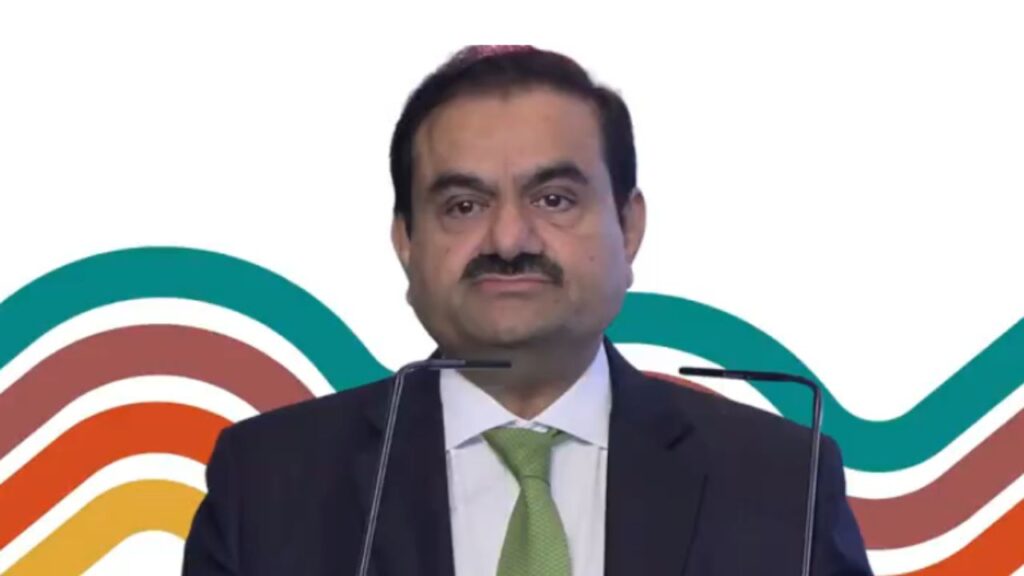Gautam Adani, Chairman of the Adani Group, has highlighted three critical areas essential for India’s future infrastructure development, aiming to propel the country towards achieving a $30 trillion economy by 2050. Speaking at the Crisil Ratings’ Annual Infrastructure Summit, Adani emphasized the significance of government policies and governance, sustainability in infrastructure, and the pivotal role played by the Adani Group in shaping national development.
Adani underscored the transformative impact of India’s economic liberalization in 1991, which dismantled the ‘Licence Raj’ and paved the way for significant GDP growth over the past three decades. He cited World Bank data showing a 14-fold increase in GDP post-liberalization, illustrating the power of economic reforms in driving India’s growth trajectory.
The National Infrastructure Pipeline (NIP) emerged as a cornerstone of India’s infrastructure strategy, earmarking an estimated investment of Rs 111 lakh crore from FY20 to FY25 across sectors like energy, logistics, water, airports, and social infrastructure. Adani hailed the NIP as a model for integrating public and private sector efforts, crucial for executing over 9,000 infrastructure projects nationwide.
Highlighting governance as a key catalyst, Adani noted India’s doubled fiscal investment, reduced corporate income tax rates, and a significant decline in the current account deficit. These indicators reflect effective policy institutionalization that has transformed India’s economic landscape, enhancing infrastructure across multi-lane highways, ports, green energy adoption, and advanced financial ecosystems.
Adani also emphasized India’s demographic advantage, with a youthful population driving domestic consumption. He projected India’s sustained peak consumption advantage until 2050, contrasting it with other aging economies.
Looking ahead, Adani identified two pivotal sectors for future investments: energy transition and digital infrastructure. The Adani Group aims to invest over $100 billion in the energy transition space, targeting 500 gigawatts of renewable energy capacity by 2030. This initiative is expected to generate millions of jobs in renewable energy sectors like solar, wind, hydrogen, and electric vehicle infrastructure.

In the digital infrastructure realm, Adani highlighted the critical role of data centers in powering AI-driven technologies essential for digital transformation. He emphasized the integration of green energy into digital infrastructure, underscoring their inseparable relationship in advancing technological capabilities.
Over the past three decades, the Adani Group has expanded into diverse sectors, including solar power, airports, ports, logistics, energy, cement, metals, and aerospace. Adani concluded by reaffirming the group’s commitment to sustainable growth and transformative investments in energy transition and digital infrastructure, positioning India as a global leader in these domains.
Adani’s vision underscores India’s potential to create new market spaces and drive inclusive growth through strategic infrastructure investments, aligning with global sustainability goals and economic aspirations.


